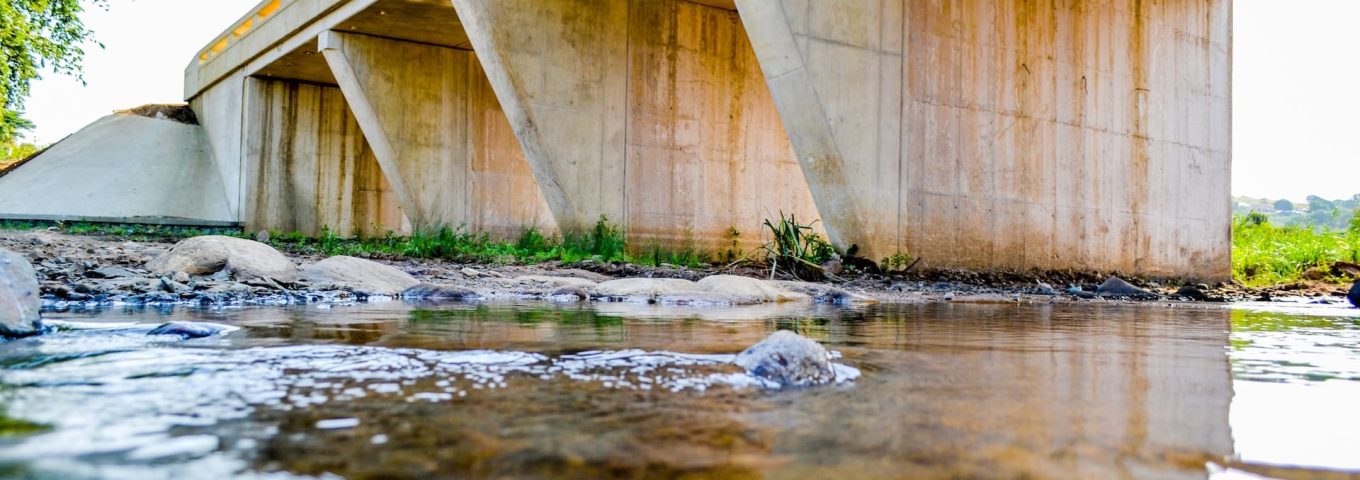Innovative Structural Engineering Solutions Shaping Tomorrow’s Infrastructure
CategoriesUncategorized
From the moment we step outside our homes onto the pavement, drive across bridges on our morning commute, or work in offices high above the city streets, structural engineering silently supports every aspect of our daily lives. The brilliance behind these structures often goes unnoticed, until innovation transforms the impossible into reality. Structural engineering extends beyond conventional building design. It is a field committed to pioneering technologies and innovative solutions that meet today’s infrastructure needs while anticipating tomorrow’s challenges. This ongoing evolution pushes boundaries and reimagines what’s possible in the built environment.
This post explores the profound impact of structural engineering, examining how it shapes community development, advances sustainability goals, and responds to emerging global trends. Structural engineering isn’t just about supporting physical structures, it’s about supporting human progress.
The Evolution of Structural Engineering
In the Digital Age
Structural engineering is undergoing a transformative era. Digital tools have fundamentally changed how projects are conceptualized, designed, and executed.
- Building Information Modeling (BIM) has evolved from simple 3D modeling to comprehensive digital environments where every component interacts in real-time simulations.
- Advanced simulation software allows engineers to test structures against extreme conditions, from earthquakes to hurricanes, before breaking ground.
- Artificial intelligence optimizes designs for strength, sustainability, and cost-effectiveness by analyzing countless variables simultaneously.
- Internet of Things (IoT) sensors continuously monitor structural health, providing real-time data on everything from minute vibrations to material fatigue.
These technological advances don’t merely improve efficiency, they fundamentally change what’s possible. Projects once deemed unfeasible are now being realized through digital innovations and smart materials.
Impact on Community and Sustainability
Structural engineering serves a dual purpose that extends far beyond technical specifications and load calculations. At its core, it’s about creating environments where communities thrive while preserving resources for future generations.
Building Communities Through Thoughtful Design
Well-designed infrastructure forms the backbone of vibrant communities. When structural engineers prioritize human-centered design, the results strengthen social cohesion and improve quality of life. This means designing public spaces that encourage interaction, creating accessible facilities for diverse populations, and ensuring that infrastructure supports rather than divides communities.
For example, replacing aging structures with modern, multi-modal bridges that include dedicated lanes for public transportation, cyclists, and pedestrians can reconnect neighborhoods previously separated by inadequate infrastructure. Incorporating community gathering spaces and viewing platforms can transform transit routes into destinations that bring people together.
Engineering Sustainability Into Every Project
Today’s structural engineering must address urgent climate challenges. This means designing for:
- Energy efficiency through passive design principles and orientation
- Reduced carbon footprint via material selection and construction methods
- Resource conservation through water management systems and waste reduction
- Resilience against extreme weather events as climate patterns change
Incorporating recycled materials, permeable surfaces for stormwater management, solar-powered lighting, and native landscaping along transportation corridors can reduce environmental impact while creating a more pleasant experience for users. Innovative use of materials, such as fly ash concrete, can significantly reduce CO₂ emissions compared to traditional methods.
Local and Global Perspectives
Addressing Regional Challenges
Structural engineering must adapt to local contexts, as there is no universal solution. In coastal regions, design must account for storm surge and sea-level rise, while mountainous areas require considerations for seismic activity and steep terrain. Urban infill projects must account for existing infrastructure and dense populations, whereas rural projects often prioritize accessibility and resource efficiency.
For waterfront infrastructure, specialized structural solutions can help withstand increasingly severe tropical storms while preserving natural shorelines. Balancing protective elements with environmental concerns and aesthetic considerations is essential.
Learning From Global Innovations
While local considerations remain paramount, global perspectives provide valuable lessons and inspiration. Megacities across Asia have pioneered super-tall building technology that maximizes limited urban space. European infrastructure projects demonstrate how to integrate historic preservation seamlessly with modern functionality. International collaborations have yielded breakthroughs in earthquake-resistant design that save lives worldwide.
Digital technology now allows these global lessons to be applied to local projects with unprecedented precision. Through advanced modeling and simulation, solutions developed for high-density urban environments can be adapted for growing cities elsewhere, while maintaining sensitivity to local culture, climate, and resources.
The Future of Structural Engineering
Innovation in structural engineering is not an abstract concept, it is embedded in the approach to every project. Dedicated research into emerging technologies and materials ensures the field remains at the forefront of industry advancements. For example, integrating IoT sensors throughout major infrastructure can create structures that continuously monitor their conditions, predict maintenance needs, and optimize energy use based on usage patterns. This smart infrastructure can significantly extend the lifespan of structures while reducing maintenance expenses and disruptions.
The use of mass timber construction for mid-rise buildings demonstrates how renewable materials can replace carbon-intensive options without compromising structural integrity. This approach reduces environmental impact and creates warmer, more aesthetically pleasing spaces that connect occupants with natural elements. Looking forward, research into metamaterials with programmable properties, biodegradable temporary structures, and self-healing concrete promises to revolutionize how we build, making structures more adaptable, sustainable, and resilient than ever.
In conclusion
Structural engineering has evolved from a purely technical discipline into a multifaceted field that shapes communities, advances sustainability, and bridges local needs with global innovations. The structures designed today will stand as testaments to our values and foresight for generations to come. Behind every calculation and design decision lies an opportunity to improve lives, protect the environment, and build a more resilient future.
Through continued innovation and thoughtful application of technology, infrastructure can be created that not only stands the test of time but also helps create the world we want to see.


Leave a Comments